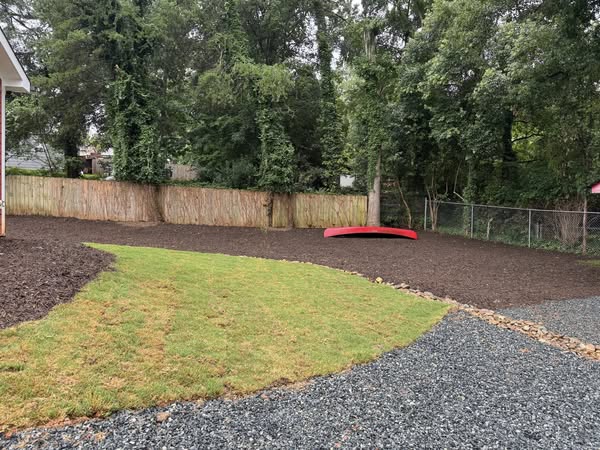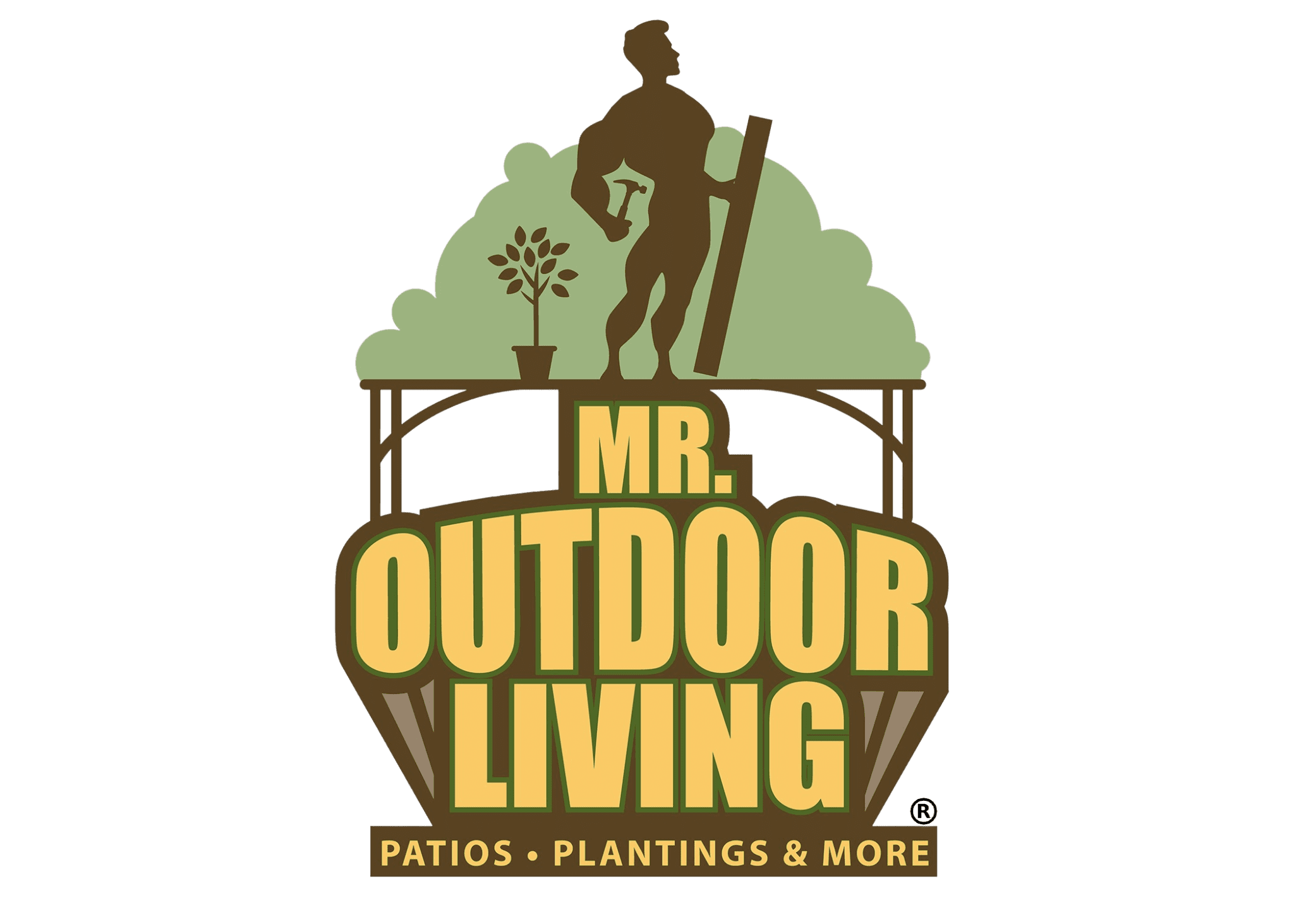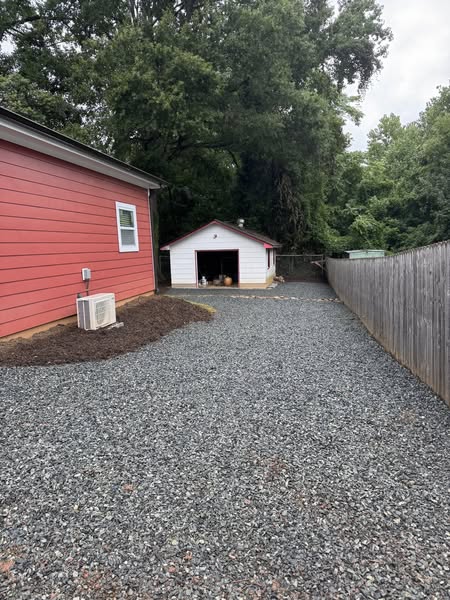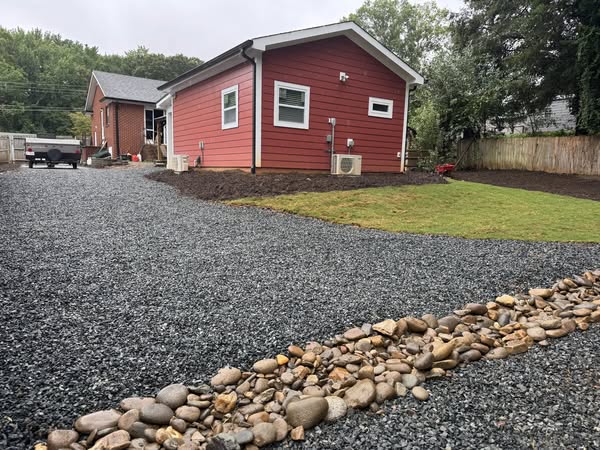
Solving persistent water and mud issues in your landscape is a science, and in our industry, it’s called Drainage Solutions. These are often the unseen heroes of a beautiful and functional outdoor space, working silently to protect your home and landscape investment. In the Charlotte area of the Carolinas, homeowners frequently battle the challenging combination of dense, heavy red clay soil and intense storm events. This clay soil has poor percolation, meaning water tends to sit on the surface or run off rapidly rather than soaking in. Especially in late summer, when tropical systems can bring torrential downpours, this runoff can quickly lead to soggy lawns, damaging erosion that washes away mulch and topsoil, and dangerous water intrusion into basements and crawlspaces. Addressing these problems effectively requires a comprehensive, professional strategy, because providing sound Drainage Solutions usually has multiple levels of defense. A single, simple fix is rarely enough to manage the sheer volume of water a property can receive during a significant weather event.
A truly robust system begins with a thorough site assessment to understand the unique topography of your property. It integrates several components that work in concert to control, slow down, and redirect water. This layered approach often starts below the surface with foundational elements like a French drain. This involves creating a sloped trench filled with #67 stone, an angular gravel that creates void space for water to collect, surrounding a perforated pipe. This underground channel intercepts groundwater and safely carries it away. On the surface, one of the most effective and aesthetically pleasing solutions is the creation of a dry creek bed. Using smooth river rock of varying sizes, we can construct a channel that meanders through the landscape, directing heavy runoff during a storm but serving as an attractive, low-maintenance “dryscape” feature when the weather is clear.
To actively capture and move water away from critical areas like foundations and patios, we implement catch basins and “pipe outs.” Catch basins are grates installed at low points to immediately collect surface water, while downspout tie-ins connect your home’s gutter system directly to a network of solid underground pipes, discharging the water safely at the curb or another designated point. The final layer of protection is often vegetative. Installing a thick carpet of healthy sod can significantly help prevent erosion on gentle slopes, as its dense root system acts like a net, holding the soil in place while absorbing excess moisture. Each of these elements—stone, rock, pipes, and plants—plays a vital role in a holistic plan to manage stormwater, protect your home, and ensure your entire landscape is built on a stable, well-drained foundation.



Recent Comments